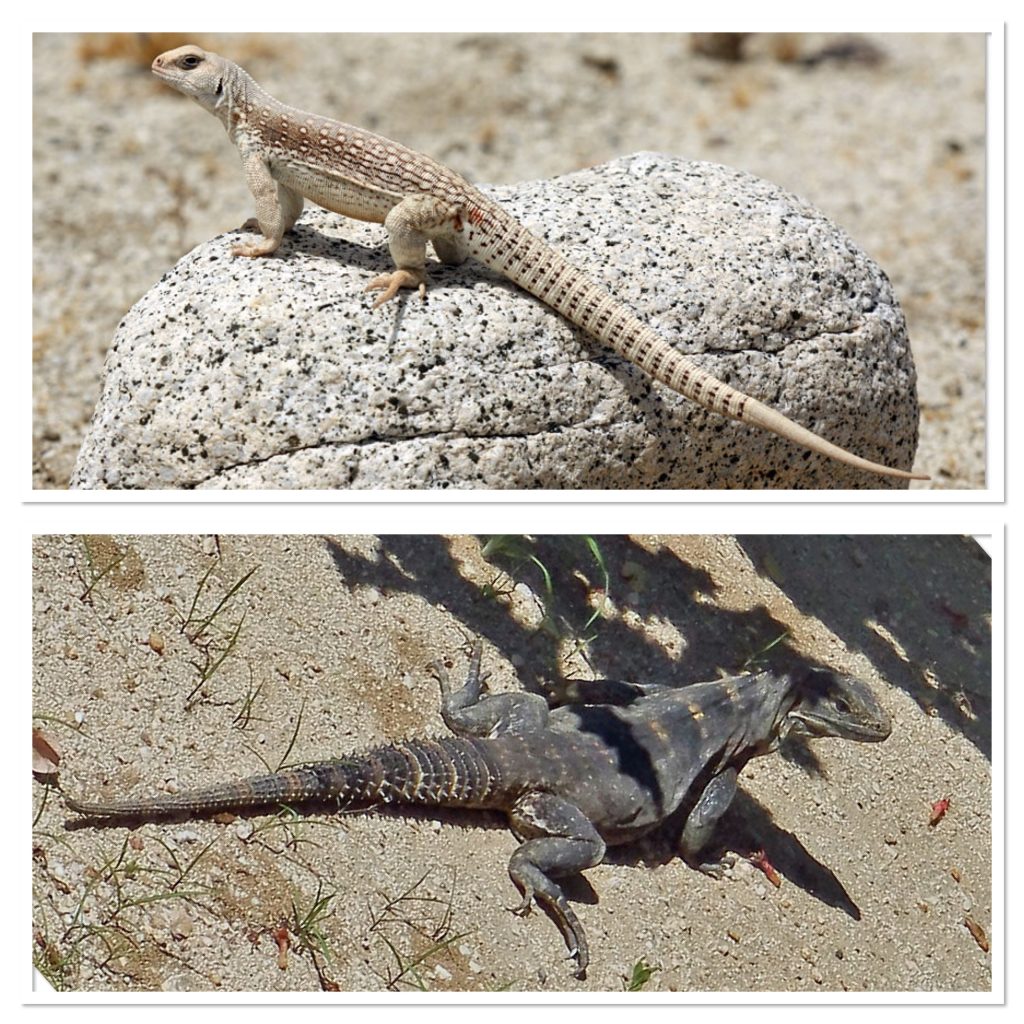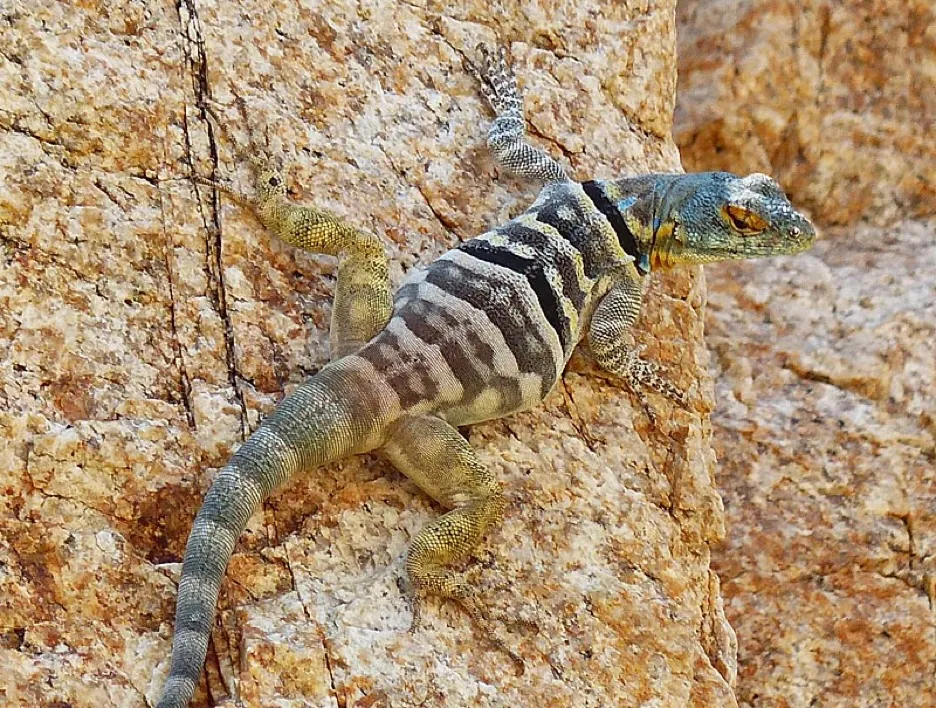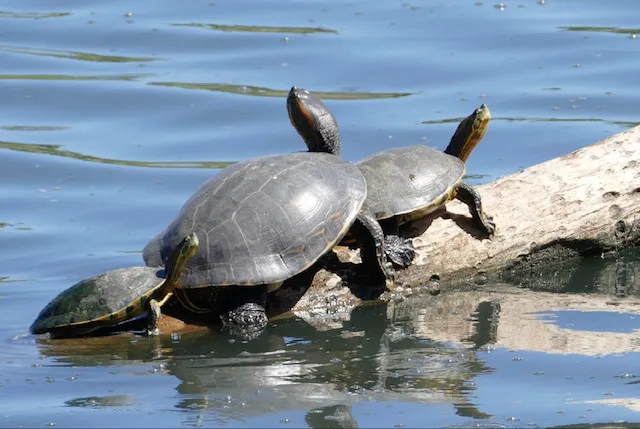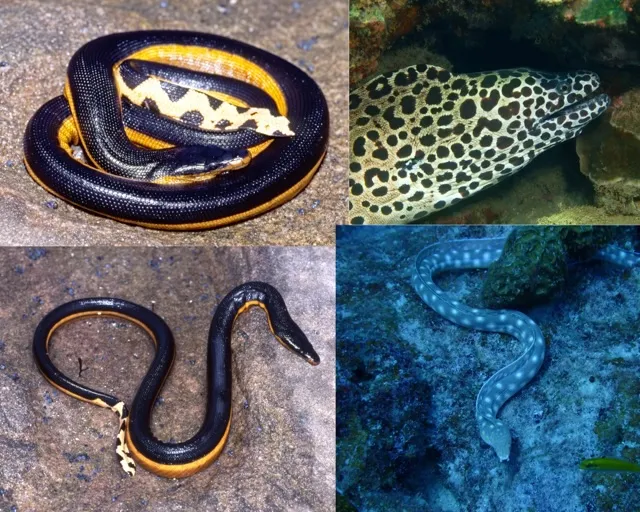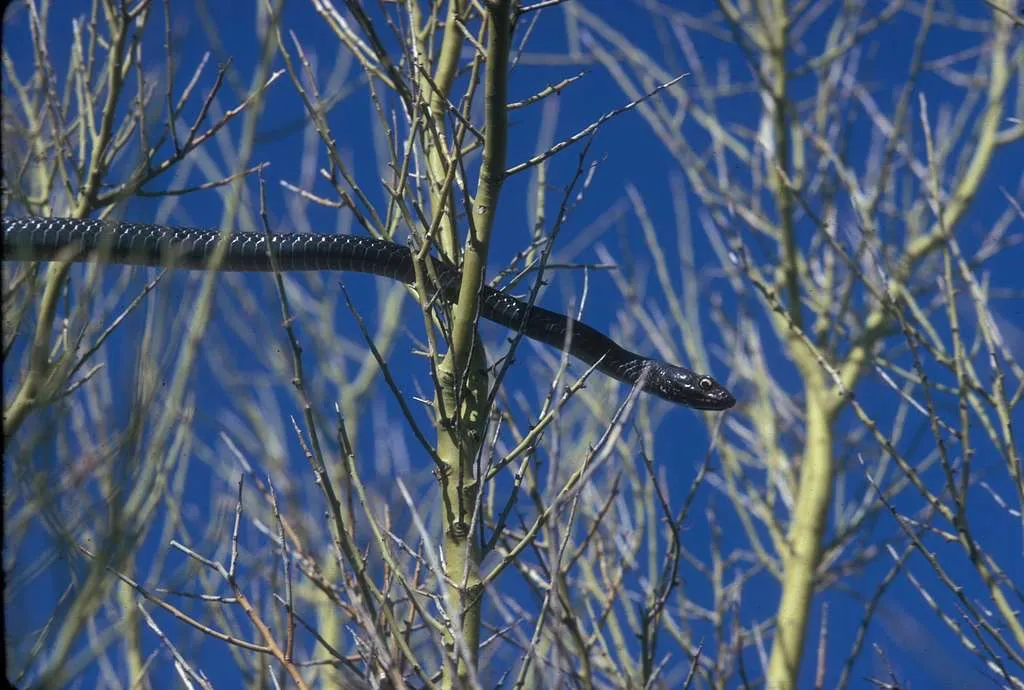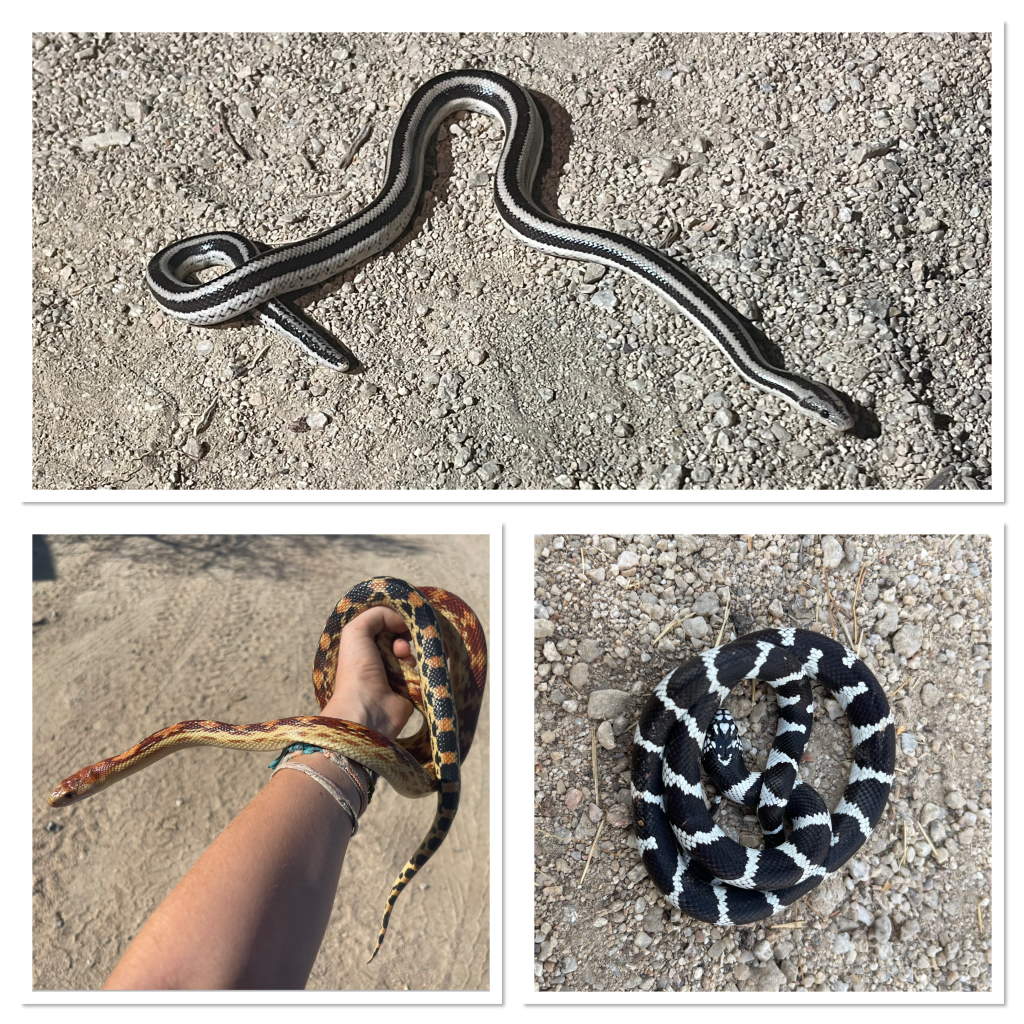
In the last few weeks, many reptiles have been out. April is probably the snakiest month of the year, as it is mating season. This time of year, snakes will leave their usual range and wander in search of other snakes, and food. Unfortunately, this means snakes are crossing roads much more than usual, which is very dangerous for them. Especially on the main roads, people drive fast, and many snakes move slowly. This spring I have seen more dead snakes than alive, and this truly breaks my heart.
Some snakes, like Coachwhips, move very fast, and can cross roads relatively safely. But others, like our beautiful and endemic Cape Gopher Snakes, and Rosy Boas, are very vulnerable. What I have noticed is that most of the snakes being hit are harmless species. I hope people do not run snakes over on purpose, but I know that they are often misconstrued as evil or dangerous, so I am afraid it is more common than I would like to know.
Accidental hits are unavoidable, but we can definitely reduce the number. If you see a live snake in the road, just stop the car in front of the snake and wait until the snake has crossed the road. This way you don’t even need to get out of your car, and the snake will make it across the road in one piece. If you help a snake in this way, or just see one, please try to take a picture, and I would love to identify it for you! I am starting a project studying which species of snake are found in La Ventana and El Sargento proper, compared to the surrounding desert, and every photo helps!
